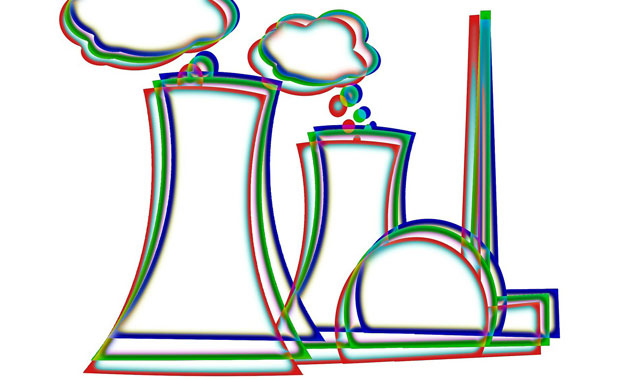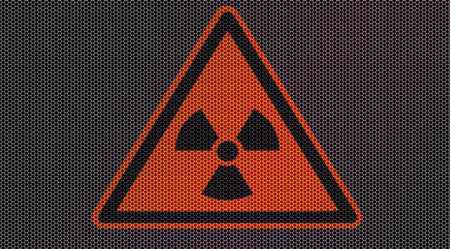
Inflation in South Africa could peak at 8,1% in December this year and only dip below the Reserve Bank’s upper target band of 6% again in December 2017, emerging markets economist Peter Attard Montalto of Nomura said on Wednesday.
This was his reaction to the latest consumer price inflation data for February released by Statistics South Africa. It surprised to the upside at 7% for headline inflation and 5,7% for core inflation, led by unprocessed foods (including beverages), insurance and core goods.
In Montalto’s view, the Reserve Bank now looks set to be increasingly surprised by inflation through the second and third quarters of this year and he, therefore, thinks the possibility of a May interest rate hike is increasing.
Although Nomura’s baseline forecast is still an interest rate hike of 50 basis points in July, Montalto added that this may look “a bit behind the curve” and two hikes of 25 basis points each may be easier at the next two MPC meetings.
The major CPI “surprise” for Montalto came from food and non-alcoholic beverages.
“All components surprised, but most notably unprocessed food (and particularly vegetables), which to us suggests the full force of the drought impact is finally starting to be felt,” he said.
“The risk we must watch for now is an earlier (higher) peak in the food price story this year.”
Sanisha Packirisamy, economist at MMI Investments and Savings, regards the February inflation figure of 7% as worrisome as it follows on the already above-target 6,2% year-on-year print in January 2016. This was after inflation has surprised to the downside — or met expectations — for the most part of 2014 and 2015.
“February is usually a relatively low survey month, with only about 12% of the basket surveyed in addition to the normal monthly surveys,” explained Packirisamy.
“Relative to our own forecasts, the price increases related to food (notwithstanding our expectation of higher food costs given the impact of the drought), non-alcoholic beverages, furniture, appliances and hotels surprised to the upside.”
Like Montalto, she pointed out that the impact of the drought has now started to filter through into unprocessed food prices. Food prices surged by a higher than projected 2,2% month-on-month in February, leaving the year-on-year rate at 9,1%, exceeding the upper end of the 3% to 6% inflation target band for a third consecutive month.
“Unprocessed food price inflation reached 10,4% year on year in February, while processed food inflation registered at a lower (but still above target) print of 7,1% y/y. The sharp increase in food prices mostly stemmed from higher bread/cereal (10,6% y/y), vegetable (21,6% y/y), fruit (13,2% y/y) and oils/fats prices (17,8% y/y),” she said.
“Though meat price increases remained contained below 6%, higher feed costs and herd-rebuilding (following increased slaughtering during the drought) are likely to lead to higher meat inflation down the line, keeping food inflation elevated this year.”
While the Reserve Bank sees inflation exceeding the upper 6% target for the remainder of this year and most of next, Packirisamy expects the breach to persist for a period of five quarters.
“The need for positive real interest rates further points to the likelihood of additional interest rate rises to the order of 50 basis points over the course of the next twelve months,” she cautioned.
According to Nedbank’s economic unit, the Reserve Bank will have an increasingly difficult task of balancing rising inflation and weak growth.
The unit anticipates that the MPC will remain focused on the upside risks to inflation and continue raising the repo rate, with further increases of 25 basis points projected at each of the MPC’s next two meetings.




